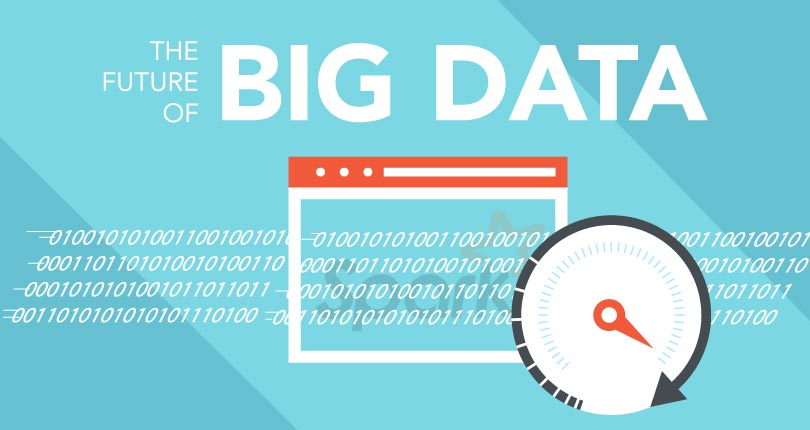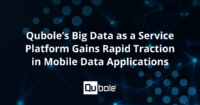Big Data is both revolutionary and evolutionary. The early promise that organizations could derive valuable insights through the analysis of massively large sets of unstructured data was seen as a potential game changer for how businesses operate and compete. However, early big data adoption was complex and costly, requiring large investments in hardware and teams of engineers and data scientists with the skills and technical know how to make it all work.
Fortunately, over the last few years, big data has evolved. Thanks to advancements in analytics tools and services, big data has become less technology focused and more business friendly than ever. The future of big data lies, not in complex infrastructure, but in new tools whose sole purpose is to make obtaining big data insights simple and easy for the end user.
Apache Spark
Apache Spark is a powerful Hadoop data processing tool that is streamlining the analytics process. Developed at UC Berkeley’s AMPLab and open sourced in 2010, Spark was built to handle both batch and streaming workloads at record speeds. Just how fast is Spark? Compared to MapReduce, Spark on Apache Hadoop 2.0 runs programs 100 times faster in memory and 10 times faster on disk.
The advantages of Spark for business users are many and varied. For starters, Spark supports operations such as SQL queries, streaming data, and complex analytics such as machine learning and graph algorithms. In addition, Spark allows all of these capabilities to be seamlessly combined into a single workflow. This ability to unify big data analytics dramatically reduces the need for businesses to build separate processing systems to accommodate their various computational needs. And being that Spark is 100 percent compatible with Hadoop’s Distributed File System (HDFS), HBase, and virtually any Hadoop storage system, businesses will find that all of their existing data is immediately usable in Spark. As an all-in-one platform, Spark is experiencing fast and wide adoption by large and small organizations in a number of industries.
Turnkey services
Turnkey services are on the rise and ready to handle the “grunt work” of big data for business. Cloud-based Big Data As A Service (BDaaS) is surging in popularity as a simple and cost-effective analytics solution. The advantage for companies is that BDaaS providers have everything set up and ready to go. The business simply rents the provider’s cloud-based data storage and analytics services, paying only for the space and compute power that they actually use. And being designed to process vast volumes of information while keeping all of the technical nuts, bolts, and spinning gears hidden in the background, BDaaS allows business users to focus their resources on applying business insights to improve their products and services. Be aware that some BDaaS vendors have their own clouds which require customers to move their data and set up complex integrations to maintain. These typically result in vendor lock-in and lengthen the time to value generation. Other BDaaS vendors, like Qubole, run in public cloud infrastructure allowing you to share storage across all projects in an organization, not just big data analytics.
User-friendly data visualization tools
Data visualization tools are bringing the benefits of complex analytics to a broader business audience than ever before. Bent on providing the visual that best serves the data; visualization software has built-in features to simplify the data analytics process. Pulling from a variety of data sources such as Hadoop or Spark clusters, Teradata EDWs, MongoDB, MYSQL, Cassandra, or Oracle databases, today’s visualization tools deliver interactive dashboards through which business leaders who don’t hold a doctorate in data science can gain actionable insights quickly and easily from unstructured business data. Data visualization also helps unify teams by creating a “shared view” of the information that heightens the ability to solve problems and gain insights that drive actions and desired outcomes.
Big data requires good data
As effective as these new tools are at streamlining and simplifying the analytics process for business, it must still be emphasized that good insights and decisions are dependent upon good data. That being said, organizations will need to adjust their data quality processes to make sure that they match the requirements of the analytics.
The future of big data is brighter and more revolutionary than ever. As new and better analytics tools continue to evolve and big data become more insight-driven and business friendly, businesses that adopt big data strategies and derive value from their data stand to gain a significant advantage over their competitors.




